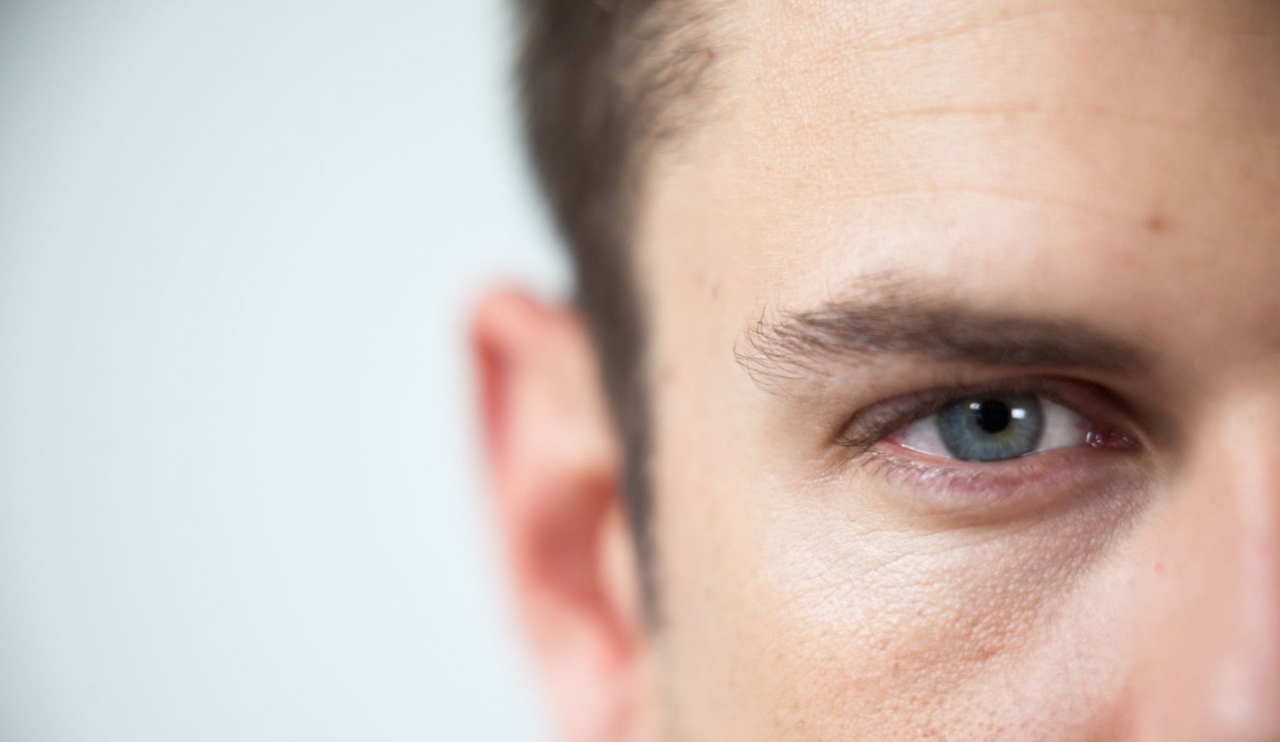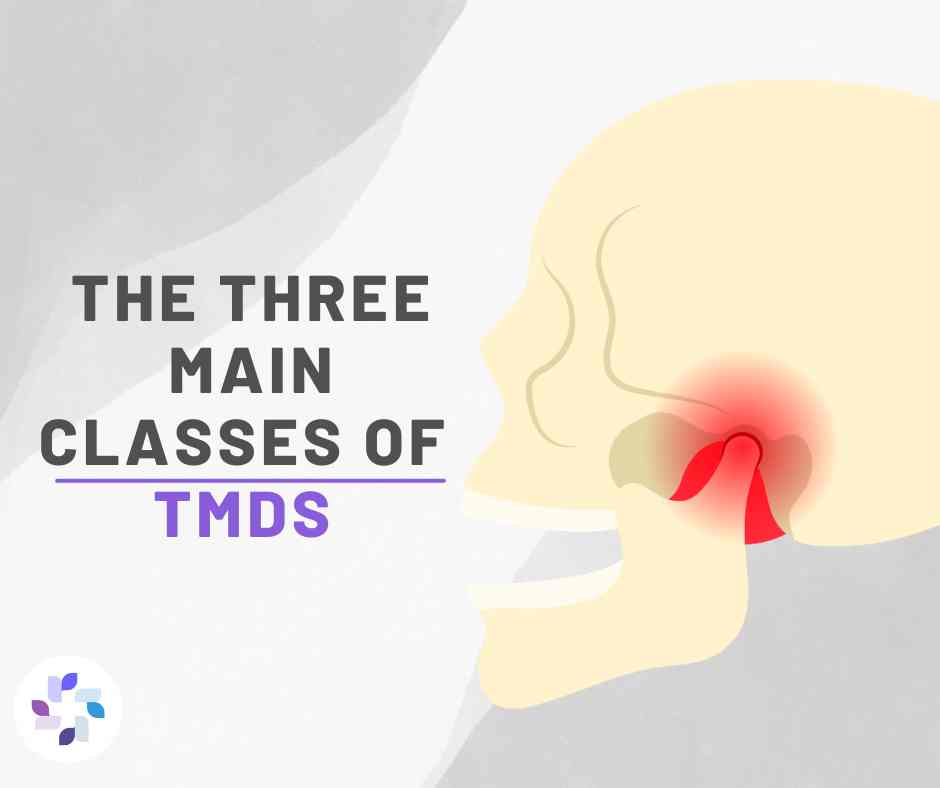Facial palsy can be a debilitating condition, causing weakness or paralysis in the face and impacting your ability to perform everyday tasks. One of the most common symptoms of facial palsy is a loss of the automatic blinking reflexes, which can lead to dry eyes and other complications. So, how can you regain natural automatic blinking reflexes in no time?
Read also: Managing Dry Eye with Facial Paralysis: Tips and Strategies.
How long does it typically take to regain this vital reflex?
The answer to this question is not straightforward, as the timeline for regaining natural automatic blinking reflexes can vary widely depending on the underlying cause of the facial palsy and the individual’s overall health and recovery progress. However, some general patterns and trends can help you understand what to expect as you regain your reflexes.
In many cases, individuals with facial palsy will begin to regain their automatic blinking reflexes within the first few weeks or months of treatment. This may be achieved through physical therapy, medication, surgery, or a combination of these treatments. In some cases, it may take several months or even up to a year to fully regain the reflex, depending on the severity of the facial palsy and other factors such as age, overall health, and response to treatment.
Recovery process
While regaining natural automatic blinking reflexes is an important step in the journey to recovery after facial palsy, it is important to remember that recovery is a slow and often gradual process. It is important to be patient, stay committed to your treatment plan, and continue working with your doctor to manage your symptoms and track your progress over time.
In addition to working with your doctor and undergoing prescribed treatments, there are several other strategies that you can use to support your recovery and improve your chances of regaining natural automatic blinking reflexes. These may include:
- Staying hydrated and using artificial tear drops to moisturize your eyes
- Wearing sunglasses or using eye shields to protect your eyes from the sun and wind
- Practicing eye exercises and facial exercises to improve your eye and facial muscle strength
- Maintaining a healthy diet and lifestyle, including getting plenty of rest and exercise
- Using assistive devices such as eye patches or eye droppers to manage symptoms and support your recovery
Conclusion
In conclusion, regaining natural automatic blinking reflexes after a facial palsy diagnosis is a journey that can take time and patience. Still, it is possible to make significant progress with the proper support and resources. Work with your doctor to understand the type of facial palsy you have and receive the appropriate treatment. Use resources such as FaceRehab to help you manage your symptoms, track your progress, and connect with others recovering from facial palsy.









